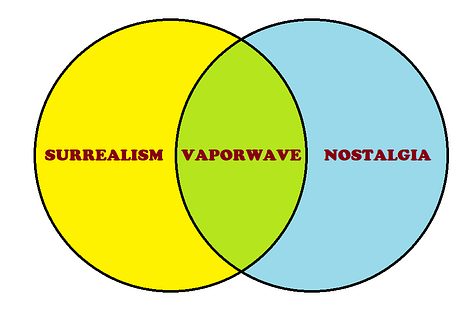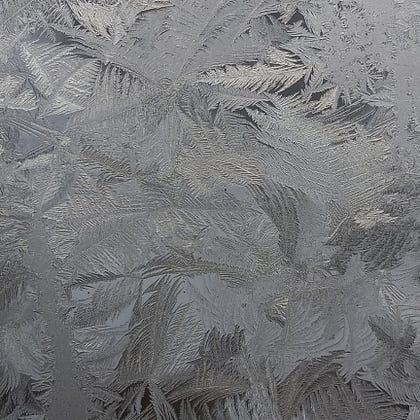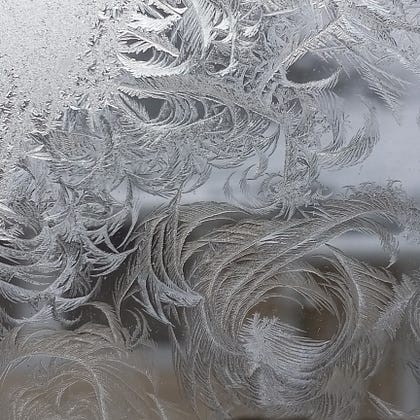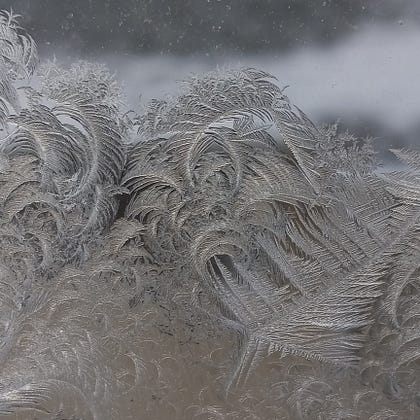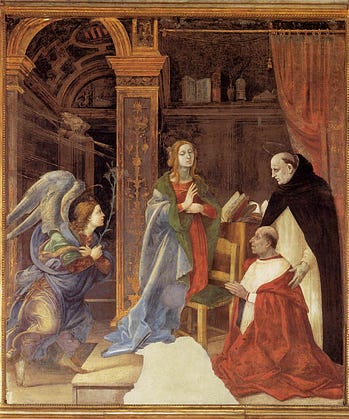William Collen


Surrealism is held at arms’ length by many Christians because of all the Freudian / sexualized imagery present in much first-wave surrealism of the twenties and thirties. But the movement ought not to be roundly dismissed; Christian artists have a lot to learn from a movement dedicated to extracting meaning and imagery from the uncanny, the bizarre and the oneiric. After all there is a whole heap of weirdness in the Christian religion itself—and a whole lot of dream imagery throughout the Old T…

Paradoxes of art criticism:
There is an enormous amount of bad art which deserves to be identified as such and disparaged; but all critical diatribes against bad art are taking up space that could have been used to celebrate the good art.
A critic can describe, with exactness, the particularities of style, time period, and genre in a painting, but can’t produce a painting; but an artist can produce a painting, which will then be chained to a particular period, style, or genre. (This one is from I…

It is a very exciting time to be a Christian interested in how the arts can speak to theological concerns, and how theology allied to the arts can minister to an excessively desacralized, disenchanted society. If you are interested in these ideas, here are some astoundingly excellent resources that are well worth investigating:
—Victoria Emily Jones’ blog Art and Theology, which discusses art of every kind imaginable and regularly features podcasts with artists and thinkers involved in the arts …

I appreciate the work that Hans Rookmaaker and his intellectual descendants are doing to help Christians engage with the contemporary art of the secular world. However, after looking quickly through his Modern Art and the Death of a Culture I can’t help but feel that he takes an excessively negative approach formed more from his own assumptions and expectations of what he wants to see and less from what the artists themselves might be trying to communicate through their art.
It’s of vital import…

Andrew Wyeth, Winter. 1946.
In this picture Wyeth doesn’t follow any received canons of formal composition; instead he crowds nearly all of his picture’s details into a tiny corner on the upper left. The figure, being in the center of the picture, doesn’t exactly balance out the crowded detail in the corner; the right side of the picture …
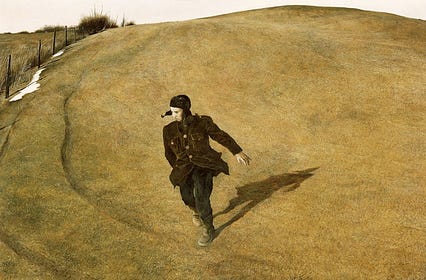

Perhaps it is inevitable that Substack, a writer-friendly platform, will attract people who are interested in writing — novels, poems, what have you — more than people who are interested in paintings. Certainly there’s nothing wrong with that, and there are also several people here who are genuinely engaging with visual art: that’s good! But the general trend seems to be discussion of books and poems more than anything else.
However: if you, like me, care deeply about visual art, let’s connect! …



